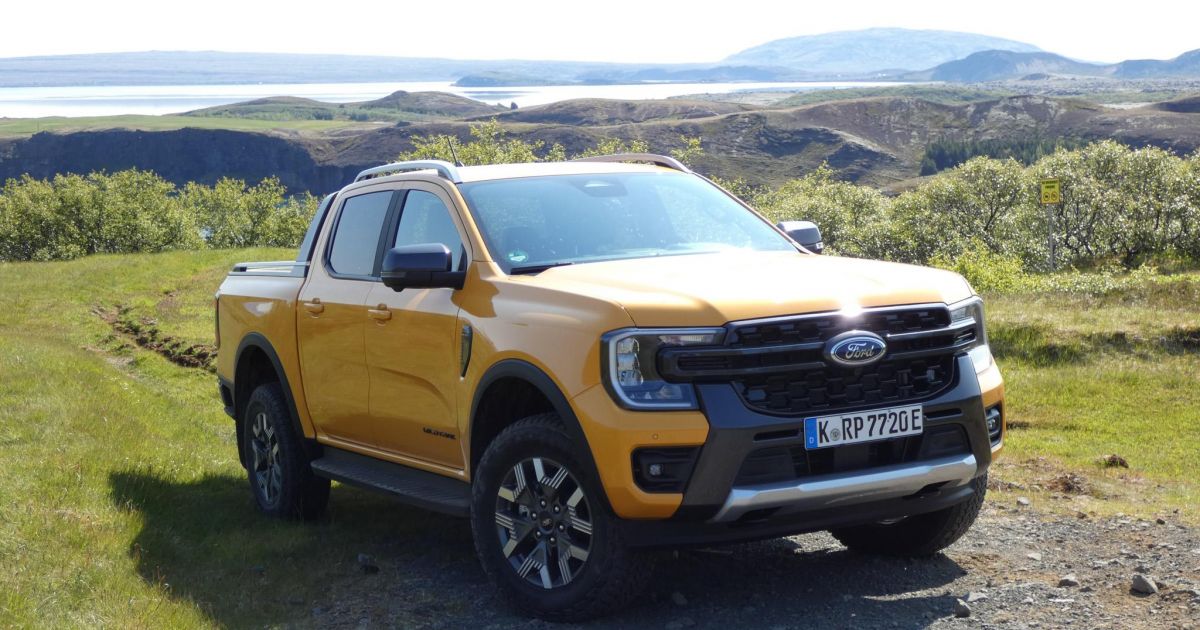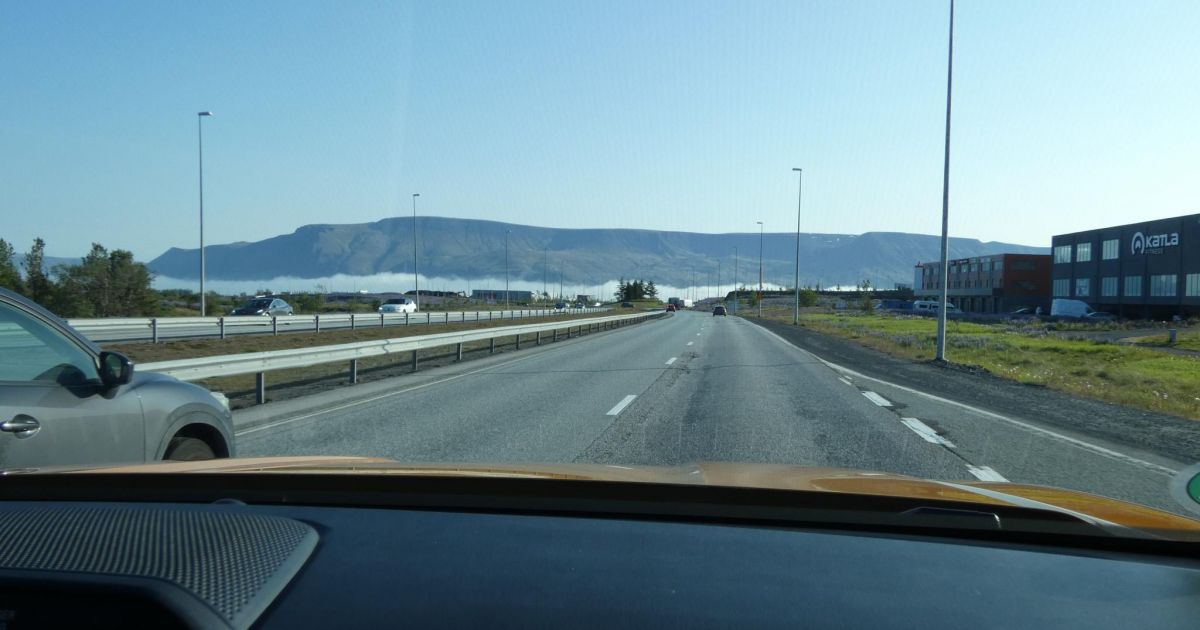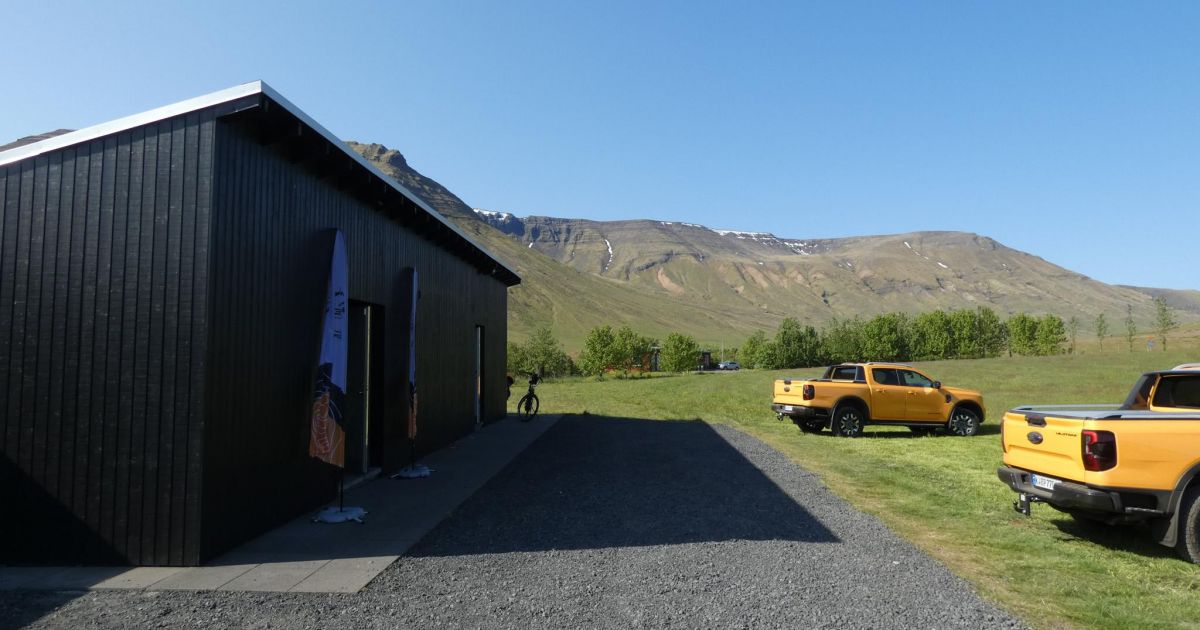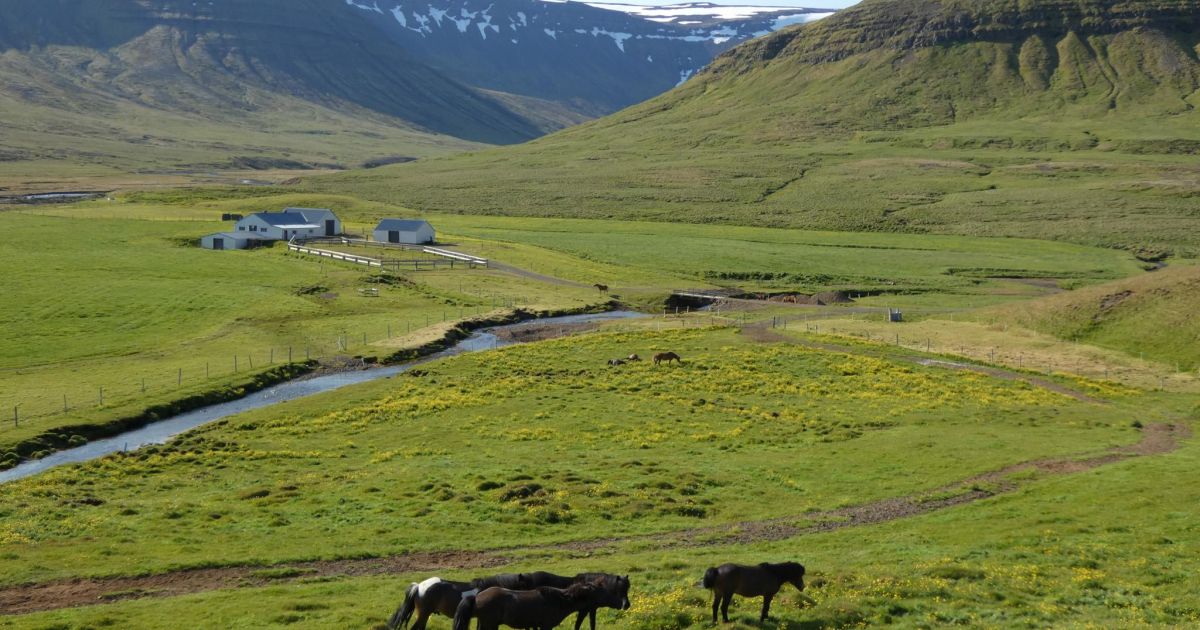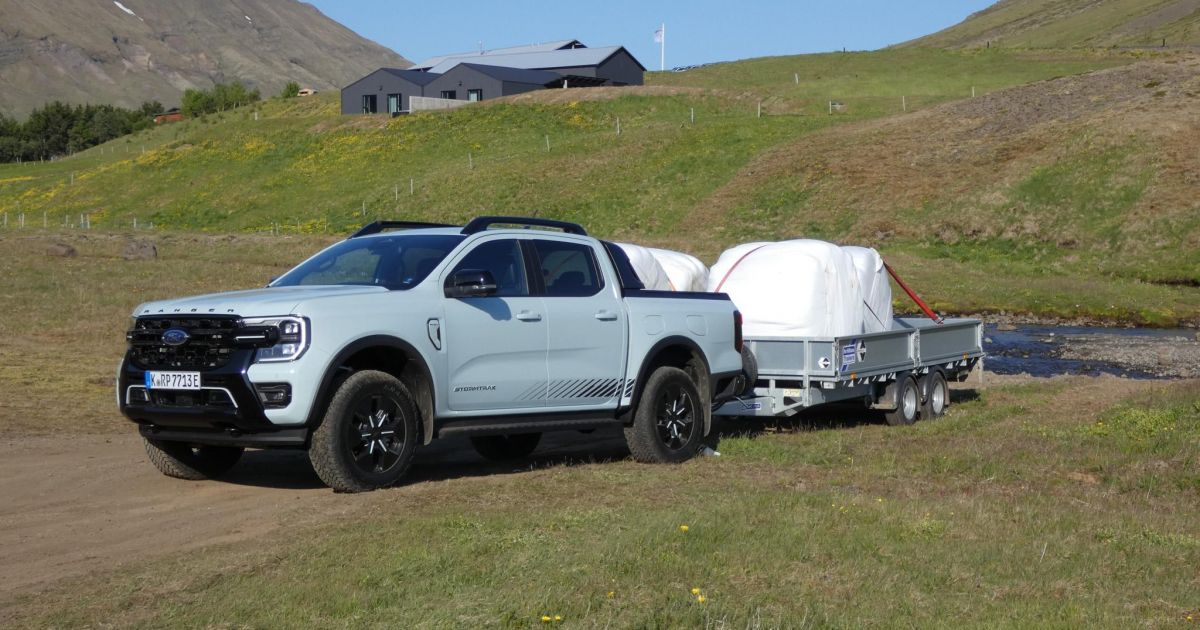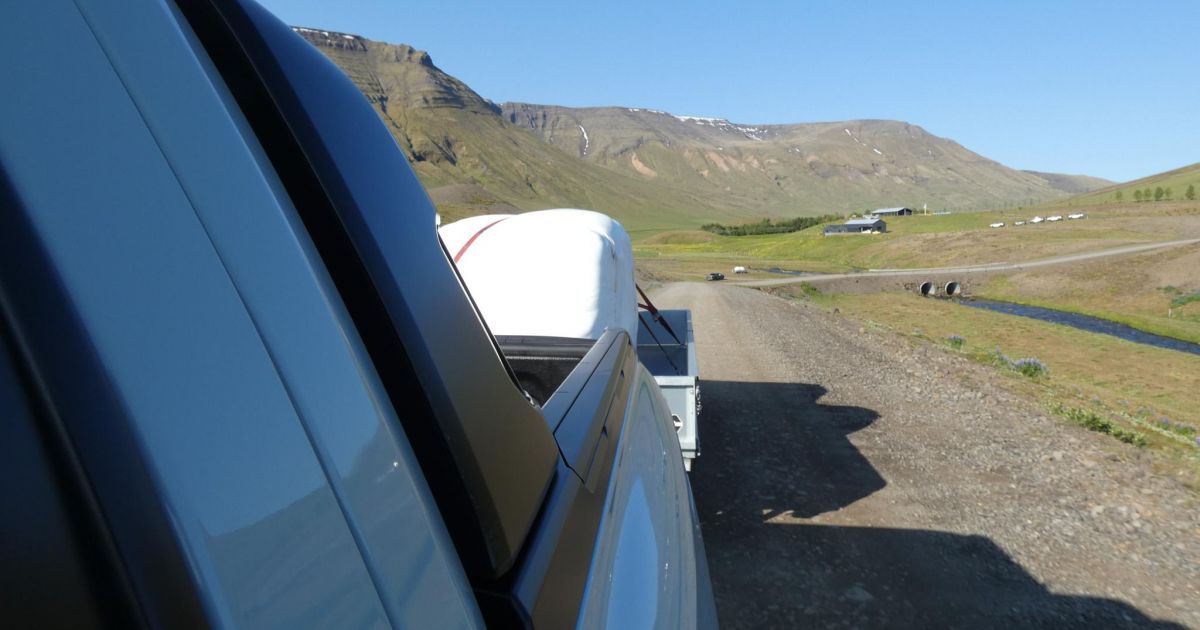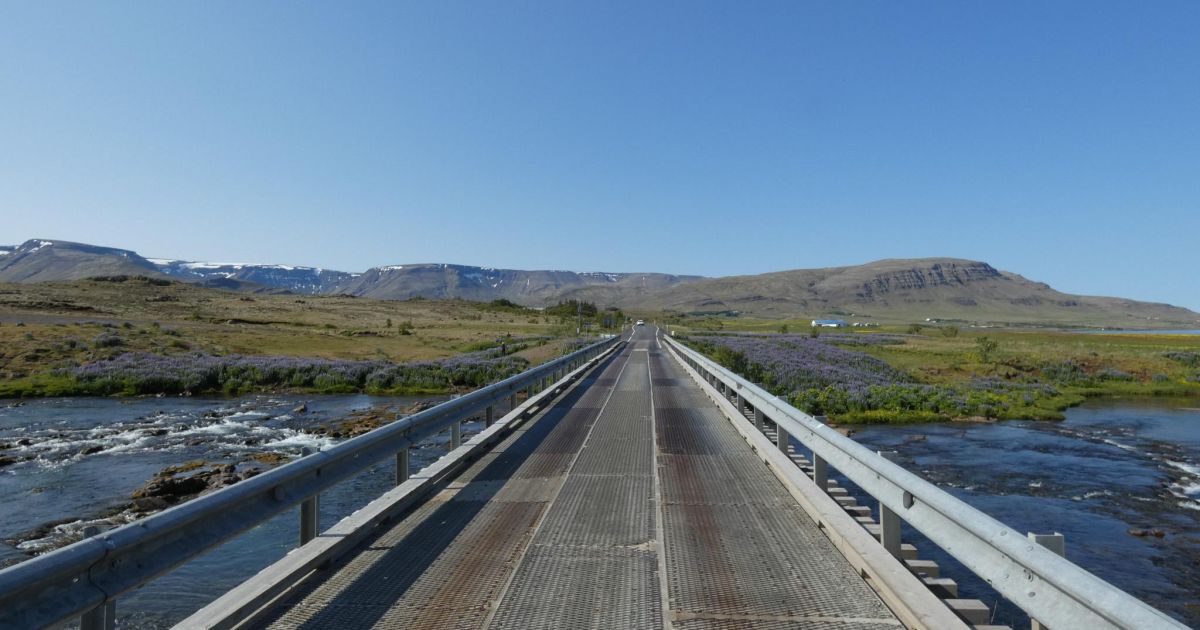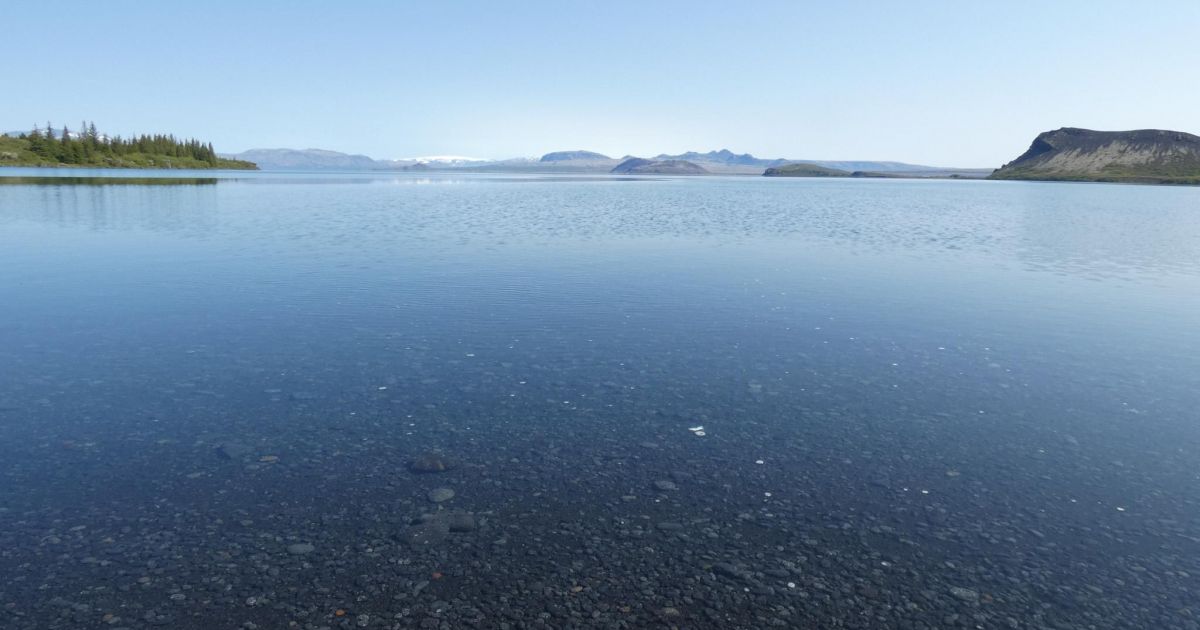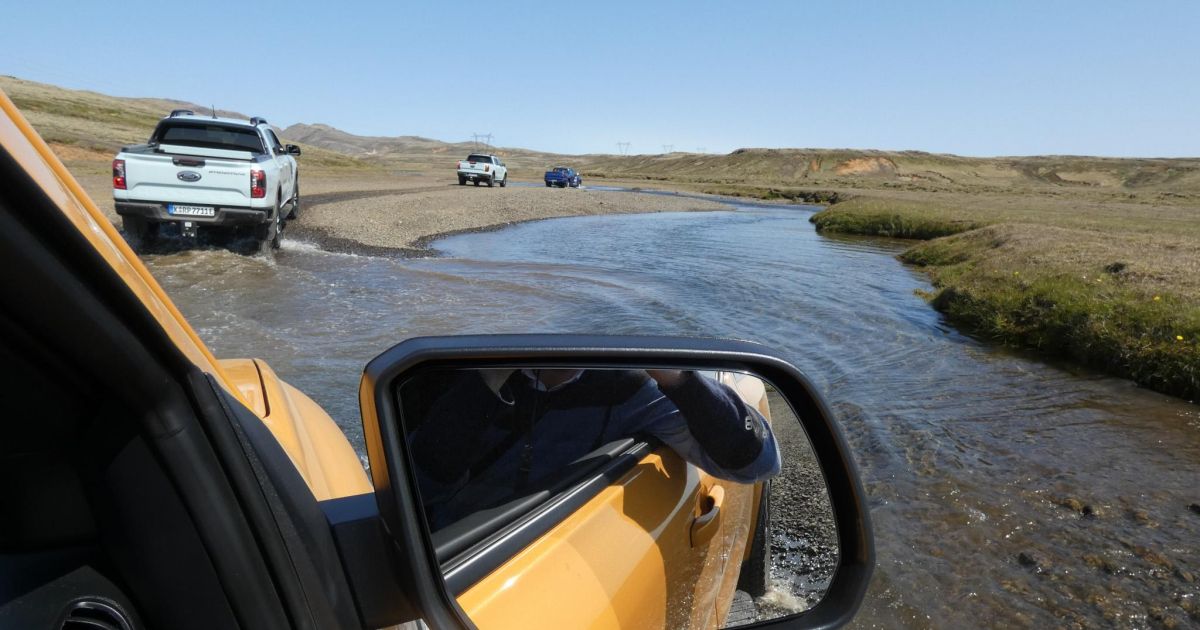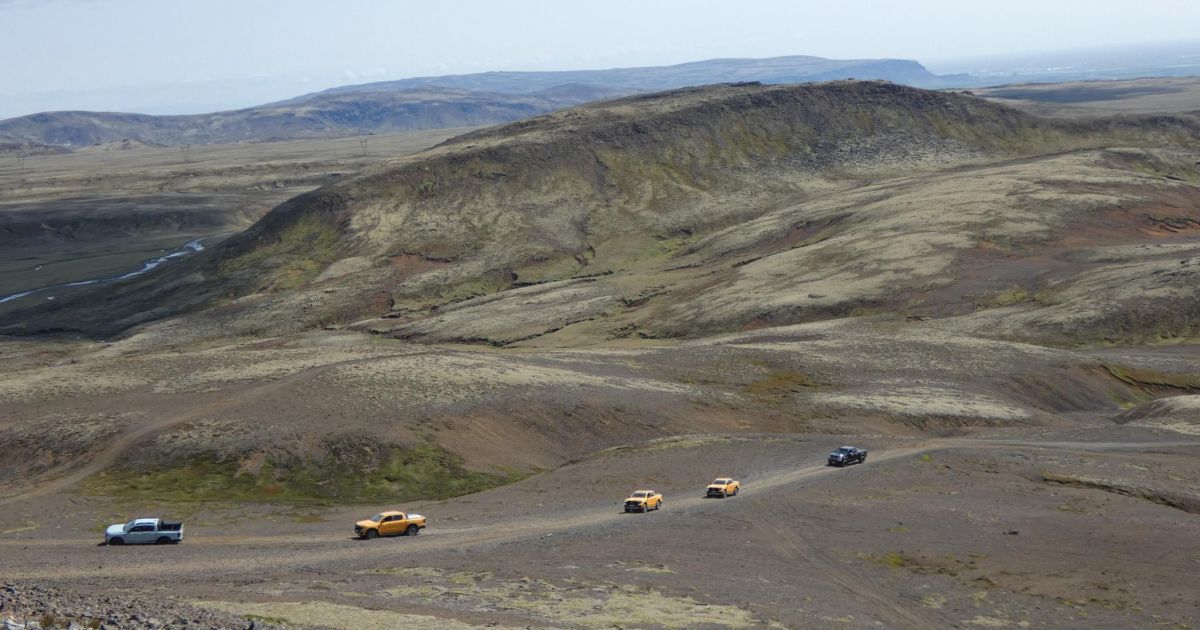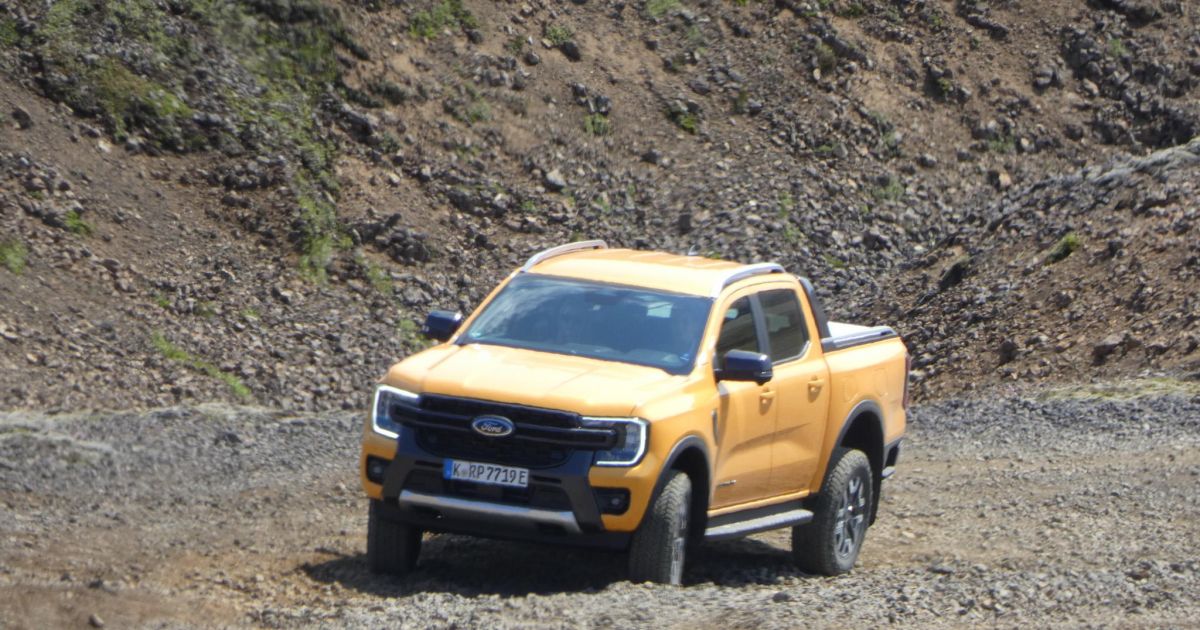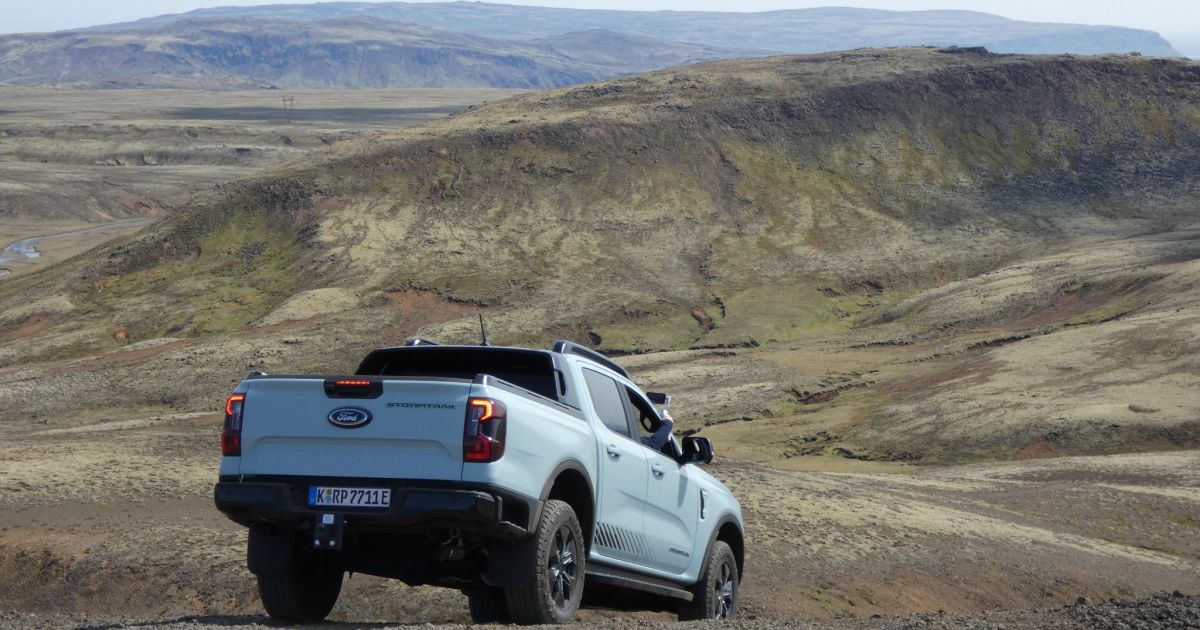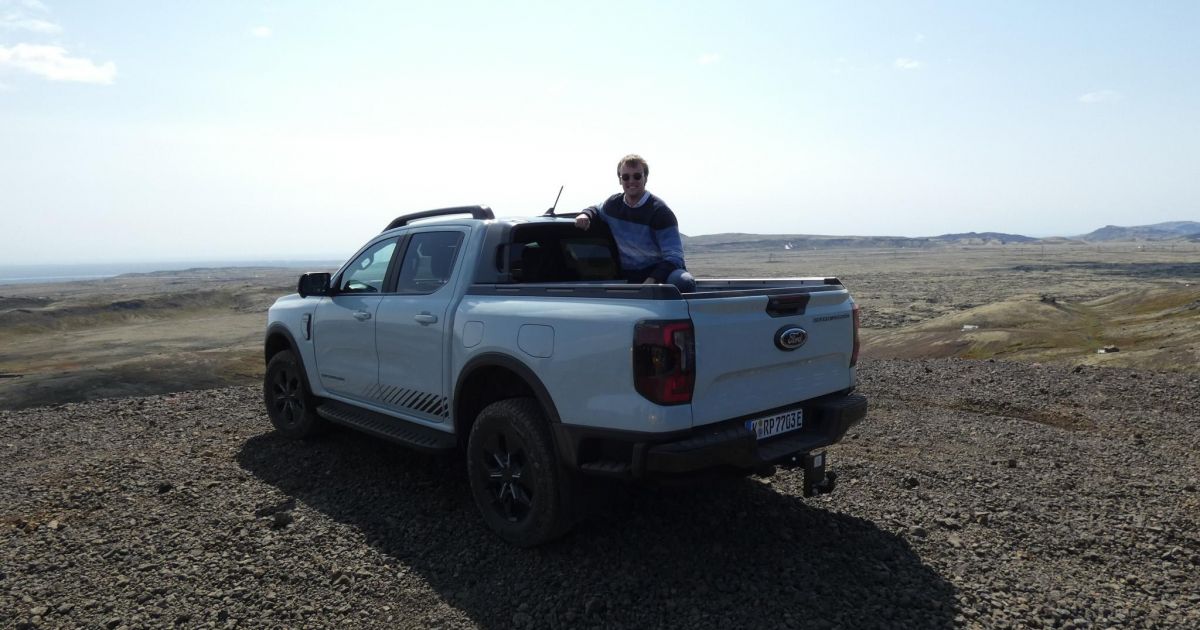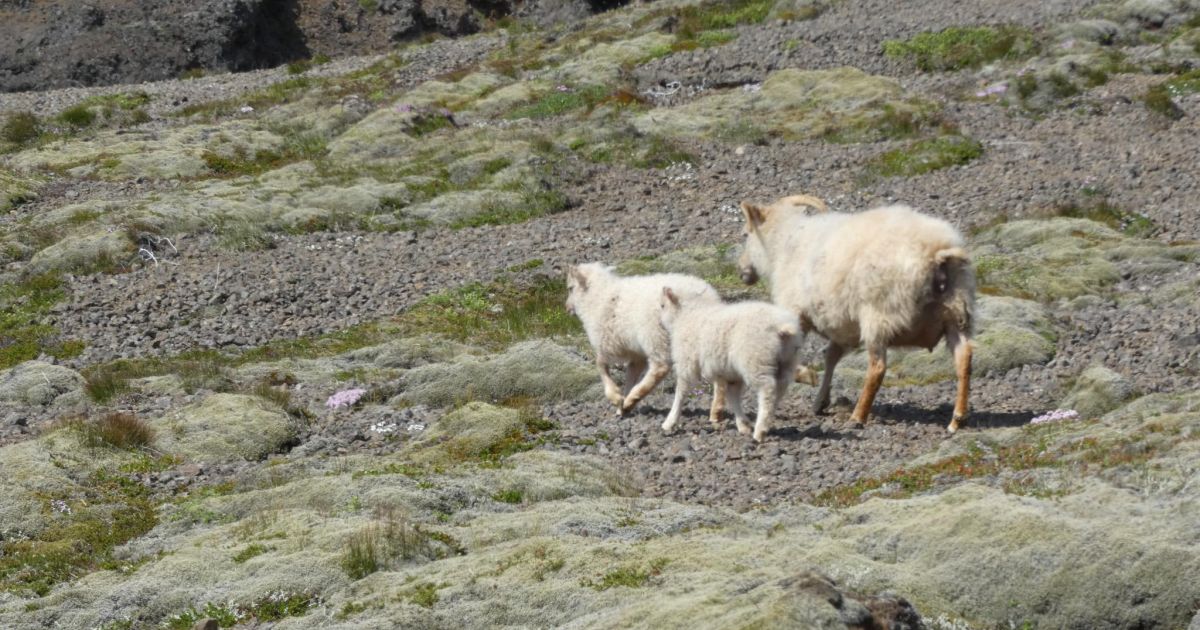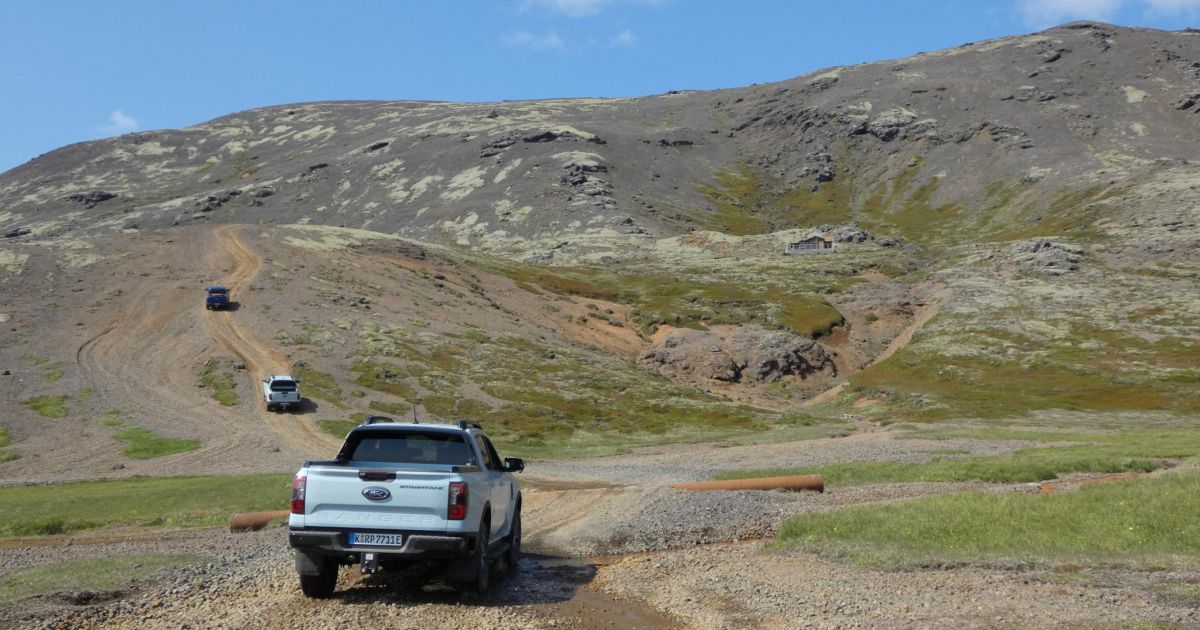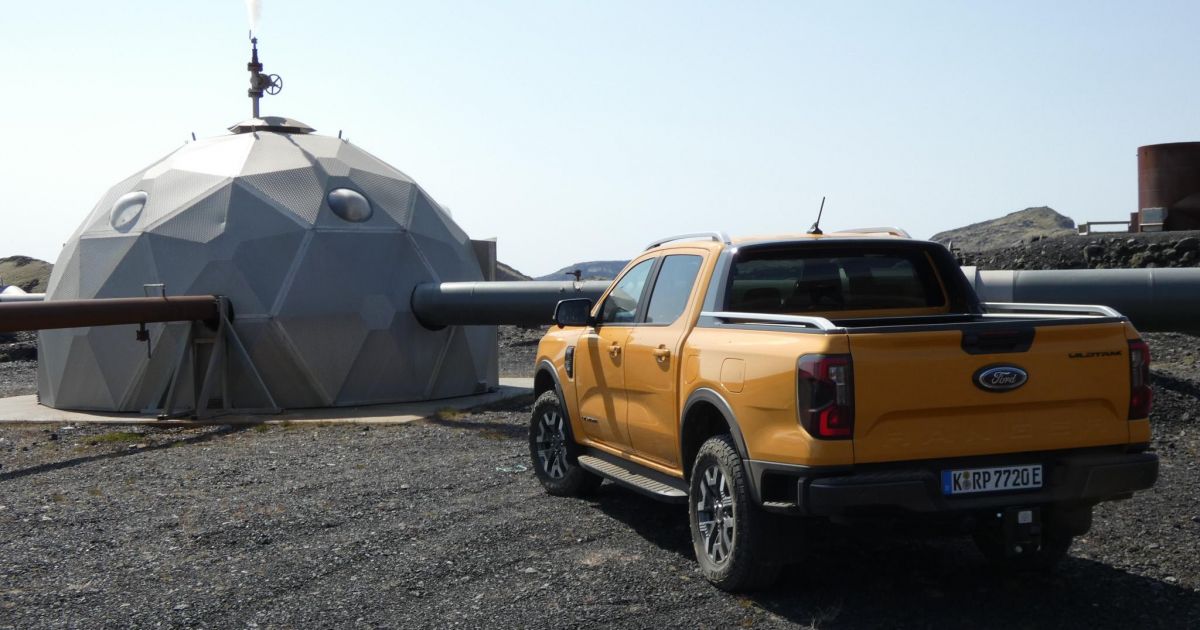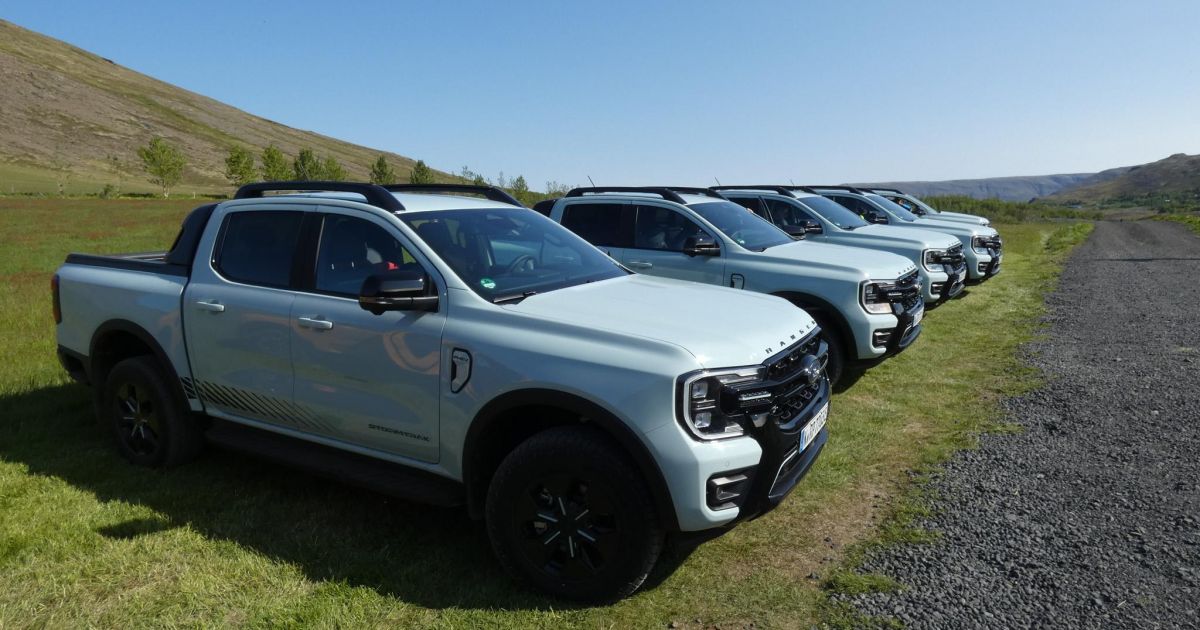If you can survive in Iceland, you can survive anywhere. That applies to people… and cars.
So, what better place to launch a go-anywhere dual-cab ute? That’s exactly how Ford saw it, as the American manufacturer invited us to fly all the way from Melbourne to Reykjavik, Iceland to experience the new Ranger PHEV.
Sold alongside regular diesel versions of the Ranger in Australia, the PHEV makes all the same promises of unrivalled towing capacity, off-road capability and liveability. That’s right, Ford says it’ll ‘still do ute things’.
It’ll also do plug-in hybrid things, like drive solely on electric power, offer exportable electricity, and consume less fuel than your standard dual-cab. The extent to which it can do those things (particularly the EV thing) is limited, however, by a relatively small 11.8kWh (usable) lithium-ion drive battery.
But it can still do ute things! Which brings us back to Iceland, and the day-long drive curated to demonstrate the PHEV’s prowess, both on- and off-road.
Our starting point was the capital city of Reykjavik, home to a population of roughly 140,000 people. For context, that’s less than you’ll find in Geelong, Cairns or Newcastle. In other words, it’s more of a sleepy coastal town than a sprawling metropolis.
Still, it feels positively bustling compared to what lies outside the city limits.
The first leg of our drive involved a northbound highway stint on Route 1, the main national road that circles the entire island, and it quickly became clear that Iceland is made up of barely-touched wilderness broken up by small towns, none of which have names that can easily be pronounced by Aussies like you or me.
Traffic was minimal and the highway relatively straight, so our attention quickly turned to the Ranger and its new party tricks. Among those is the battery and electric motor pairing, which allow for both hybrid and EV driving.
Ford claims that the Ranger PHEV can travel up to 49km on electric power alone. We tested that and fell well short, managing just 33km with two passengers and minimal baggage onboard. However, most of those kilometres were chalked up on the highway – a demanding test of EV range.
In Australia, the Ranger PHEV is compared to the likes of the BYD Shark 6 and GWM Cannon Alpha PHEV. My takeaway from our little experiment was that if you’re planning to circumnavigate Iceland’s ring road without expelling any CO2, those plug-in hybrid ute alternatives come up trumps.
We also clocked a 0-100km/h sprint of 8.95 seconds – make of that what you will.
On-road performance and fuel efficiency is important, but Ford was more interested in proving that the Ranger PHEV is a proper workhorse worthy of the badge, an intent proven during our morning breakfast stop at Kleif Farm.
Situated about 40 minutes north of Reykjavik, Kleif Farm is a getaway villa situated among high peaks, flowing water and dirt tracks, the latter providing a perfect opportunity to load up the Ranger PHEV for a quick towing test.
Somewhat remarkably this was my first time towing, and while hazards were few and far between, I was a little nervous. Thankfully, the Ranger was up to the task, with enough grunt to drag a trailer full of heavy hay bales around the property.
Given my inexperience, we then had a play around with the Pro Trailer Backup Assist feature, which allows you to ‘steer’ the trailer using the outer ring of the drive mode controller on the centre console. It feels quite unnatural at first, but after some practice I earned a pat on the back for neatly backing the trailer into a creekside parking spot.
The Ranger PHEV is rated to tow up to 3.5 tonnes like its diesel-powered siblings, but it’s worth noting that we’ve previously observed the smaller EcoBoost petrol engine feels particularly strained when trying to haul anything above 2.0 tonnes.
Ford also used the stop off at Kleif Farm to demonstrate ‘Pro Power Onboard’, otherwise known as exportable power in the form of two 15A power outlets built into the Ranger PHEV’s tub. These can be used to power a wide array of power tools, electronics and camping equipment – in this case a big circular saw.
It’s a feature that Ford is pushing as part of the Ranger PHEV sales pitch, and it’s not the only manufacturer to do so. Just last year I attended the BYD Shark 6 launch in Broken Hill, during which we were served coffee out of the tubs of the test vehicles – a neat touch.
Both models can serve as a mobile cafe, but Ford has BYD and GWM covered for output capacity. There’s only so much you can do with a stationary ute though, so we hit the highway again in search of a new challenge.
Looping around east towards the centre of the island, the natural beauty of Iceland once again took centre stage.
June marks the beginning of summer here, and that means the melting of ice, yellowing of grass and seemingly endless 20-hour days. Glaciers and volcanoes also dot the barren landscape, hence why Iceland is known as ‘the land of fire and ice’.
I spent most of this leg in the passenger seat, gazing out the window with camera in hand, awestruck. However, a quick glance across at the instrument cluster revealed our test vehicle was now running on an empty battery, and consuming upwards of 9.0L/100km as a result.
That sort of figure will be familiar to diesel Ranger owners, but it’s not quite what you’re after from a hybrid. The takeaway here is that PHEVs need a charged battery to make sense, especially when that battery plays a part in so many key vehicle functions.
The second leg of our journey wrapped up in ‘Springfield’. No, not that Springfield, for all you Simpsons fans out there. Rather, this was a small town at the base of a not-so-small volcano. And, unlike the setting of The Simpsons, here you’ll find geothermal hot springs bursting up through the earth.
This shouldn’t have come as a surprise, as Iceland is the most volcanic island in the world. Eruptions occur roughly every five years, although the frequency of such events has increased in recent years.
The Reykjanes Peninsula has seen nine eruptions since 2023, the first of which resulted in the evacuation of 4000 people from the town of Grindavík in the country’s south. Most of the town’s residents have not returned since, with many homes sold to the state.
Thankfully, the Grensdalur Volcano remained sedate during our visit, allowing for some nearby off-roading in the Ranger PHEV. Ford’s planned route included a mix of river crossings, gravel tracks, and proper mountain ascents, all of which brought out different characteristics of the Ranger.
We cycled through the four-wheel drive drive modes throughout – 4H for flatter sections of dirt, 4L for the steeper, more aggressive climbs, and even turned to Hill Descent Control (HDC) on the way back down the mountain.
None of the water crossings we made were particularly treacherous, as you’ll probably notice in the images below. However, it was comforting to know the battery is protected by its position above the rear axle.
The Ranger PHEV retains all the important kit fitted to standard diesel variants, including a rear differential lock, the aforementioned 4WD modes, and underbody protection.
One key difference between the models is that the PHEV is capable of silent EV off-roading, although our depleted battery wasn’t really in a state to offer this. Nevertheless, the turbo-petrol engine in the PHEV is quieter than its diesel counterpart, and we were able to reach the final peak without making a distasteful racket.
The summit provided an elevated vantage point of a landscape we had only previously seen from ground level, and boy was it an enlightening view. Not because there was plenty to see – quite the opposite, in fact.
Our guide shared that arctic foxes were the only creatures to be found on the island when the Vikings first arrived some 12 centuries ago, and not much seems to have changed since.
Bar the native horses and a few sheep, wildlife is hard to come by. Because for all its rugged charm, Iceland is still a desolate and harsh place to call home.
Its unforgiving nature has given rise to impressive feats of human innovation, including a geothermal energy network made up of large pipelines that transport both hot water and steam, the latter used to generate electricity for the nation.
We came across some of these pipes during our descent, but I wouldn’t recommend getting too close – the presence of hydrogen sulfide makes the air smell like rotten eggs… no thanks!
Moving swiftly onward, a spaghetti-like set of loose gravel trails led us back to the base of the mountain, all cars still in good health.
Ford hardly asked us to beat on their brand-new machines, but the Ranger PHEV seems a welcome addition to the dual-cab ute market, and a worthy rival to the two big name plug-in hybrids from China.
A final highway stint brought our expedition to an end, no more than eight hours after it begun. Short and sweet, as they say.
For me, that meant boarding a plane back to Melbourne the next morning, but the same couldn’t be said for our Blue Oval chariots. That’s because the Ranger PHEV is set to be a staple of Iceland’s ute market, although it won’t come cheap – a diesel Ranger Wildtrak retails for the equivalent of A$155,000, as all cars are generally dearer here.
Without being an expert on the Icelandic car market, I couldn’t tell the locals whether that’s decent value. But what I can say is that the Ford Ranger PHEV might be a little different, but it can still do ‘ute things’.

